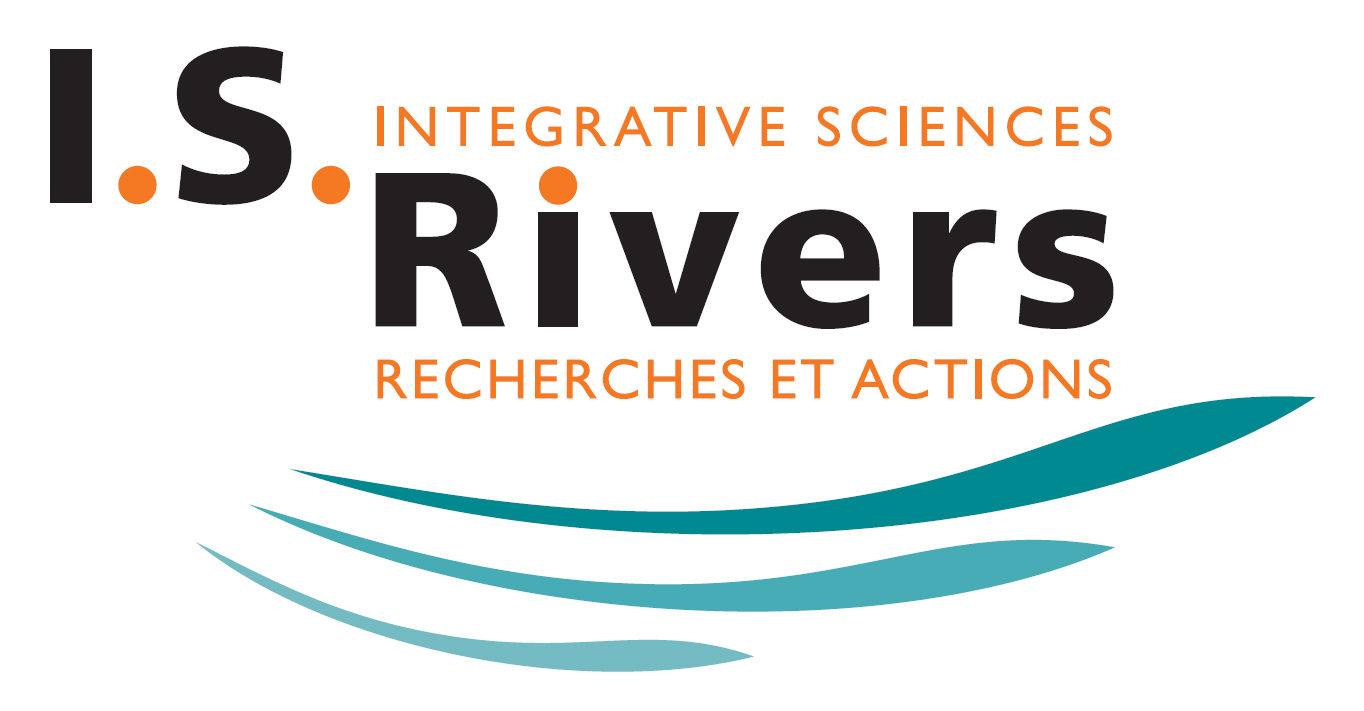Thursday 3rd of july – 11:15
11:15
The return of bathing in the Seine and canals of Paris: a new phase in the reclaiming of rivers?
AUTHORS
MOUTIEZ Julia
France
Short Abstract: This paper looks at the dual ‘reclaiming’ (Bonin, 2007; Gérardot, 2007; Rode, 2017; Romain, 2010; Thébault, 2019) of urban rivers over the last forty years or so (Gérardot, 2007; Romain, 2010). On the one hand, riverbanks are becoming central public spaces in the towns they run through (Bonin, 2007; Rode, 2017; Sonnette, 2014), and on the other, the aquatic ‘milieu’ is being ‘restored’ (Brun, 2011; Flaminio et al., 2015; Thébault, 2019). My hypothesis is that a new stage in this ‘reconquest’ is in the process of being reached, since this division is being called into question by the return of river swimming in the practices of residents and in public policies. I will look at the case of Paris (Bouleau et al., 2024; Moutiez, 2021) to show how urban bathing is triggering a publicization process (Moutiez, 2024; Terzi & Tonnelat, 2017) of the river space in its entirety. The opening up of these areas to the public involves various phases of negotiation, and the development of formal and informal bathing schemes. The ‘equipment’ or ‘event’ types, wich are mainly public authorities ones, condition access to the water with time or space limits, while the informal ‘pirate’ type relies on the presence of large numbers of people in the water to temporarily circumvent the repression of this practice. These bathing schemes are becoming more permanent, both on site and in people’s minds, and partake in rethinking the actual river’s distribution of uses at different levels. However, the ban on swimming is still in place, and the opening up of these areas remains conditional, contingent, uncertain or even revocable.
11:35
Microbial diversity in bathing areas: the case of the METZ urban bathing area
AUTHORS
TAÏROU Léopoldine, PAUL Alice, DANGI Pankaj, BROWN Ninon, ECORSE Augustine, LANOË Elven, THOMAS Marie-Florence
France
In the context of climate change and increasing urbanization, urban water bodies are being reconsidered for recreational use, such as swimming. This study, part of the URB-Bain project, assesses the challenges of reintroducing swimming in urban waters, using the city of Metz as an example. It investigates sanitary risks and microbial diversity in urban rivers, focusing on spatial and temporal variability. Two sampling campaigns were conducted: one in September 2022, with 20 samples from five sites, and another during the summer of 2023, with eight-day sampling at five locations. The study measured sanitary parameters and analysed microbial diversity using metagenomics. The results show significant variations in the concentrations of sanitary parameters, influenced by local and meteorological factors, underlining the importance of regular and appropriate monitoring to ensure public safety. Additionally, whereas no spatial patterned were observed for microbial diversity, it followed a clear temporal variation possibly linked to physico-chemical and hydrometeorological parameters. Although no direct link has been established between water sanitation and microbial diversity, the study highlights the opportunities and obstacles in using metagenomics to study microbial diversity in freshwater.
11:55
Exploring Urban River Bathing: Case Studies from Multiple European Cities
AUTHORS
CAO Yixin, RIVIÈRE Nicolas, NAVRATIL Oldrich, HONEGGER Anne
France
Short Abstract: Historically, river bathing was integral to daily life, but industrialization, pollution, and the rise of artificial pools led to bans in major European cities during the 20th century. Recently, a revival movement has emerged across various communities in Europe. Recognizing urban river bathing as an inherently interdisciplinary topic, the “Baignades Urbaines” studio at LabEx IMU, University of Lyon, has adopted both interdisciplinary and transdisciplinary approaches to study this phenomenon through European cases in 2024. Through extensive fieldwork in the summer of 2024 across European cities known for their traditional/pioneering urban river bathing sites—Geneva, Bern, Basel, Zurich (Switzerland), Amsterdam (Netherlands), Copenhagen (Denmark), Berlin (Germany), Paris (France), and Vienna (Austria)—the author engaged with 25 stakeholders, including environmental agencies, tourism officials, river managers, lifeguards, researchers, and NGOs. Drawing on these empirical insights, this presentation will explore urban river bathing in Europe, with a focus on: (1) the historical context and today’s grassroots movement for reclaiming the right to swim/bathe in urban rivers; (2) a typology of urban river bathing site designs; and (3) current management challenges, including microbial water quality and safety strategies for drowning prevention. This study sheds light on the evolving practice of urban river bathing, its cultural significance, design typologies, and management challenges in the context of European cities.
